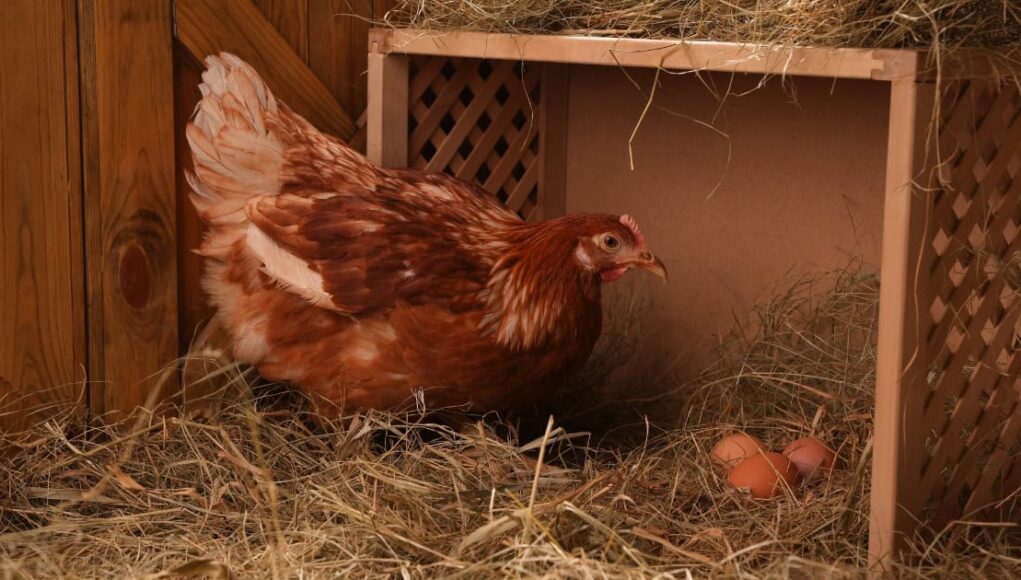When it comes to setting up a chicken coop, one of the essential components is the nesting box. PVC pipe chicken nesting boxes have gained popularity among poultry enthusiasts for their durability and ease of use. In this article, we will explore the benefits and considerations of using PVC pipe for nesting boxes, ensuring your chickens have a comfortable and efficient place to lay their eggs.

Why Choose PVC Pipe for Chicken Nesting Boxes?
Poultry farmers and backyard chicken keepers are always on the lookout for practical and cost-effective solutions for their coops. PVC pipe chicken nesting boxes offer several advantages:
Durability and Longevity
One of the main reasons to consider PVC pipe is its durability. Unlike wood, PVC does not rot, warp, or get infested by pests. This ensures a longer lifespan for your nesting boxes, saving you time and money in the long run.
Easy to Clean
Maintaining cleanliness in the chicken coop is crucial for the health of your flock. PVC pipe is non-porous, making it easy to clean and disinfect, reducing the risk of disease.
Customizability
PVC pipes come in various sizes and can be easily cut and assembled to fit your specific needs. Whether you have a small backyard flock or a larger operation, you can customize the size and shape of the nesting boxes.
How to Build PVC Pipe Chicken Nesting Boxes
Building PVC pipe chicken nesting boxes is a straightforward process. Heres a simple guide to help you get started:
Materials Needed
- PVC pipes (diameter and length based on your requirements)
- PVC connectors and elbows
- Plastic or wooden base for stability
- Screws and a drill
Step-by-Step Instructions
- Measure and cut the PVC pipes to the desired length for your nesting boxes.
- Assemble the pipes using connectors and elbows to create the frame.
- Attach the frame to a stable base using screws and a drill.
- Ensure the nesting boxes are easily accessible for the chickens.
Placement and Design Considerations
When installing PVC pipe chicken nesting boxes, consider the following factors:
Location in the Coop
Nesting boxes should be placed in a quiet, secluded area of the coop to encourage laying. To learn more about ideal locations, check out Nesting Box Location Tips.
Height and Accessibility
The boxes should be at a convenient height for your chickens to access. Avoid placing them under roosts to keep them clean and dry. For more insights, visit Nest Boxes Under Roosts.
Ventilation and Light
Ensure the nesting area is well-ventilated and receives adequate natural light. This creates a comfortable environment for your chickens.
Common Challenges and Solutions
While PVC pipe chicken nesting boxes are a great option, you may encounter some challenges:
Chickens Not Laying in Boxes
If your chickens are not using the nesting boxes, you may need to adjust their location or design. For more guidance, read Chickens Not Laying in Boxes.
Temperature Fluctuations
PVC can get hot or cold depending on the weather. Consider adding insulation or shade to maintain a comfortable temperature inside the boxes.
Comparing PVC with Other Materials
Before settling on PVC pipe chicken nesting boxes, its worth comparing them with other materials:
Wooden Nesting Boxes
Wood is a traditional choice but requires more maintenance. Its susceptible to rot and pests, unlike PVC.
Metal Nesting Boxes
Metal is durable but can be expensive and may cause temperature issues. PVC offers a balance between durability and cost-effectiveness.
Enhancing Your Chicken Coop
In addition to nesting boxes, consider other enhancements to improve your chicken coop. Learn more about coop improvements at The Elliott Homestead.
FAQs About PVC Pipe Chicken Nesting Boxes
Are PVC pipe nesting boxes suitable for all chicken breeds?
Yes, they can be customized to accommodate different chicken sizes and breeds.
How can I prevent chickens from sleeping in the nesting boxes?
Ensure the nesting boxes are lower than the roosting areas, encouraging chickens to sleep elsewhere. For more information, visit Nesting vs Roosting Explained.
Can ducks use PVC pipe chicken nesting boxes?
Yes, ducks can use these nesting boxes, but they may require some modifications. Learn more at Ducks Using Chicken Nesting Boxes.

Conclusion
PVC pipe chicken nesting boxes are a practical, durable, and customizable solution for any chicken coop. By following the guidelines and tips provided, you can create a comfortable and efficient nesting area for your flock. Happy chicken keeping!
This article contains affiliate links. We may earn a commission at no extra cost to you.











